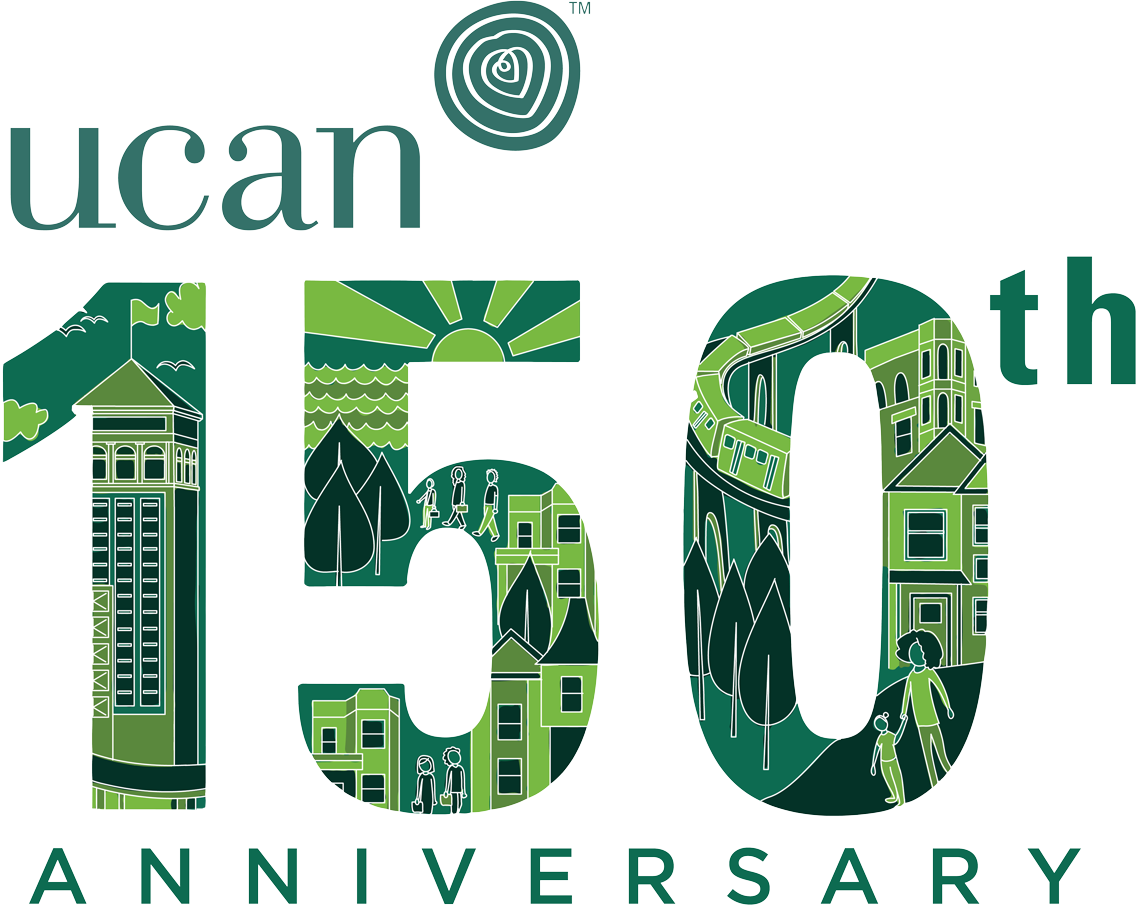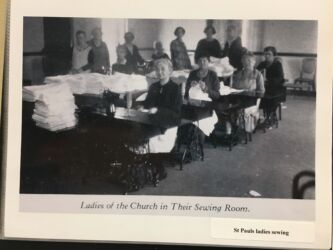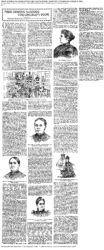1889-1899
The “Handbook of Charities” of 1894 wrote that in 1891 Uhlich had an average of 84 children and a third were completely orphaned. Uhlich rules stipulated that no child would be admitted if both parents were alive. The single parents of youth at Uhlich paid a board ranging from $0.75 to $1.50 a week.
1889
German immigrants continue to flock to Chicago between 1880 and World War I. While the Uhlich orphanage continues, there is a rise in settlement houses like Jane Addams Hull House and Chicago Commons that serve a broader range of European immigrants.
Back to its regular capacity following the Great Chicago Fire, the Home receives an addition in the summer of 1889. It is described as red brick building enclosed by a garden.
1891
The “Handbook of Charities” of 1894 wrote that in 1891 Uhlich had an average of 84 children and a third were completely orphaned. Uhlich rules stipulated that no child would be admitted if both parents were alive. The single parents of youth at Uhlich paid a board ranging from $0.75 to $1.50 a week.
1893
School children across Chicago are given free tickets to attend the famous World’s Columbian Exposition of 1893, including children of homes such as the Uhlich children’s home.




